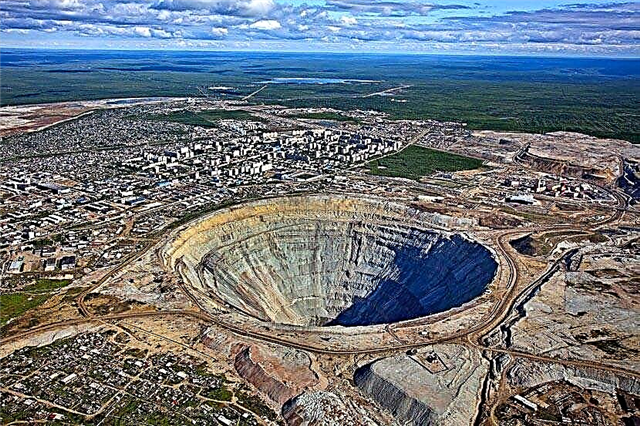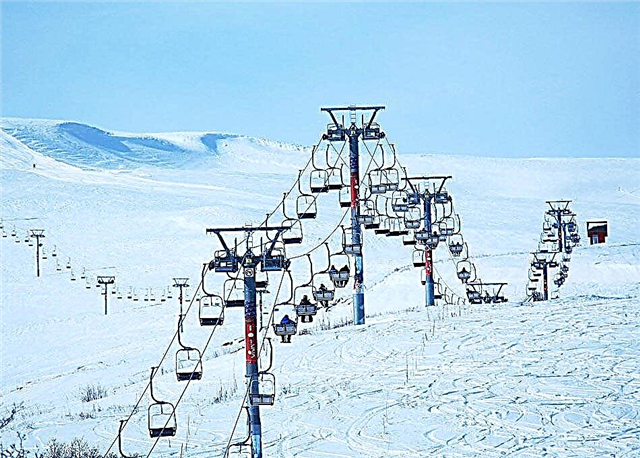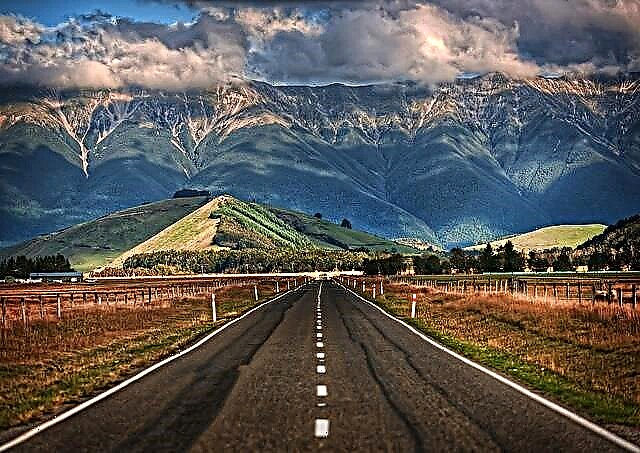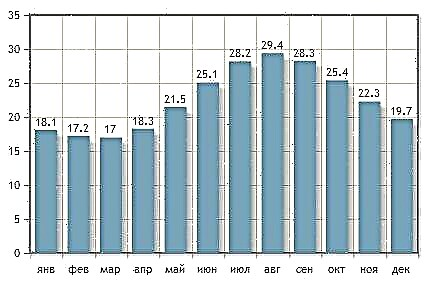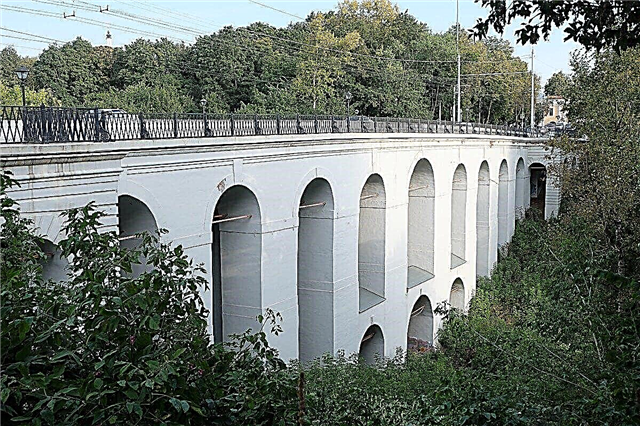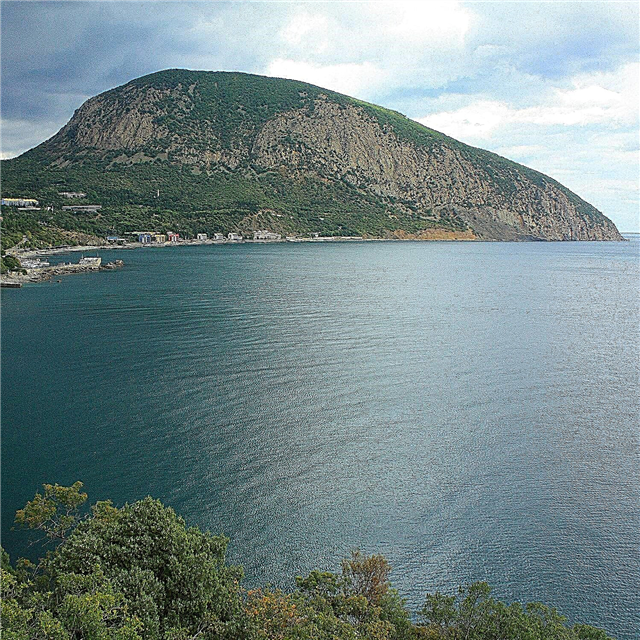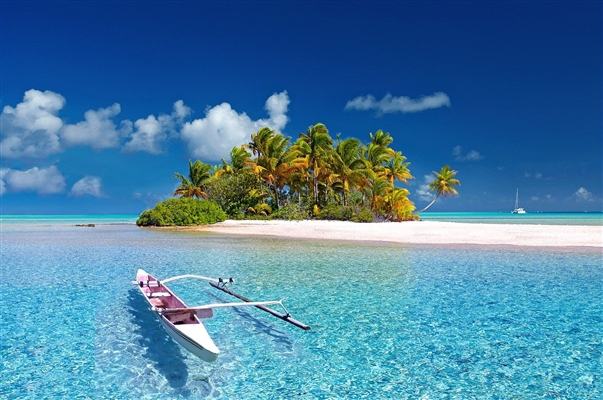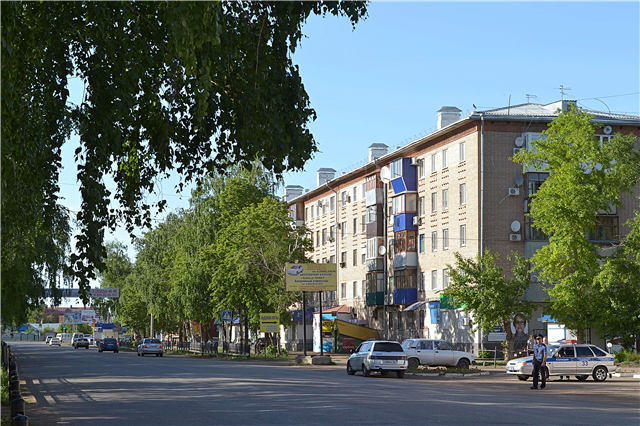The Orenburg region lies in the foothills of the Southern Urals, near the border with Kazakhstan. It was officially formed in 1934. Includes 12 cities and 5 towns. Population - 1963 thousand people, 60.5% are urban residents. The economy is closely related to the natural resources of the region, most of them were explored in the last century. The main industrial centers are Orenburg, Mednogorsk, Buguruslan, Orsk, Novotroitsk, Buzuluk.
For tourists, the region is interesting for its historical and religious monuments, as well as a number of natural attractions. On its territory there are salt lakes, the Orenburg reserve, Pokrovskie caves with healing clay, the ancient Buzuluk pine forest, Sorochinskoe and Iriklinskoe reservoirs, Mount Colonel with a unique Orsk jasper.
The largest cities of the Orenburg region
List of the largest cities in terms of population in the region.
Orenburg
A large industrial city on the Ural River. It was founded in 1743 as a fortress to protect the southern borders of Russia. The industry is dominated by mechanical engineering, metalworking, gas production and gas processing industries. An important railway junction. Among the many attractions there are Gostiny Dvor of 1740, the National Village museum complex, a pedestrian bridge across the Urals, St. Nicholas Cathedral, the Elizabethan Gate.
Population - 564 thousand people.

Orsk
Traces its history from the fortress, founded in 1735 at the confluence of 2 rivers - the Urals and Ori. City - since 1865. The leading industries are mining, mechanical engineering, non-ferrous metallurgy, petrochemistry. There is a railway station and an airport. There are about 60 historical and architectural monuments in the city. The main natural attraction is Orsk jasper of variegated colors, the deposit of which is located on Mount Colonel.
Population - 230 thousand people.

Novotroitsk
Located on the banks of the Urals, near the border with Kazakhstan. It began with a settlement founded by settlers from Ukraine at the beginning of the last century. In the 30s, deposits of brown iron ore were discovered in the region, and a metallurgical plant began to be built. In 1945 Novotroitsk became a city. There is a railway station. Notable objects - the monument "Forever Alive", the Palace of Culture built in 1950, the Peter and Paul Church.
Population - 86.5 thousand people.

Buzuluk
Located on the Samara River. Leads its history since 1736 - the beginning of the construction of the fortress. Converted to a city in 1781. He became famous in the 60s of the last century, when oil fields were discovered. City of Labor Glory. Several old buildings have survived, one of them houses a museum of local lore. In the vicinity is the ancient Buzuluk forest, which has the status of a national park.
Population - 86.2 thousand people.

Buguruslan
Located on the Bolshoi Kinel River. It began with the Buguruslan settlement, founded on the Bashkir lands in 1748. Center for the oil and gas industry. The first oil was obtained in 1937, and in 1943 the gas pipeline was put into operation. There is a railway station in the city. Among the attractions are the apartment-museum of M. V. Frunze, the building of the drama theater of 1899, the estate-museum of S. T. Aksakov, 30 km from the city.
Population - 49.2 thousand people.

Guy
A city in the South Urals, at the foot of the Guberlin Mountains. It was founded in 1959 as a settlement during the development of copper ore deposits. After 20 years, it received the status of a city. The main enterprise is Gaysky GOK. Among the sights there is a museum of local history, monuments to miners, builders, heroes of the Great Patriotic War. In the vicinity of the city, on Lake Kuporosnoye, there is a balneological sanatorium "Gai".
Population - 34.8 thousand people.

Sorochinsk
It began with the Sorochinskaya fortress, erected in 1737 on the banks of the Samara. Since 1932 it has been a workers' settlement. Converted to a city in 1945. There is a railway station. The oil industry has been developing since the 70s, 650 oil wells have been built in the region. There are enterprises for the processing of agricultural raw materials. Near Sorochinsk there is a large reservoir, created in 1997 by order of Orenburgneft.
Population - 27.5 thousand people.

Sol-Iletsk
It is located near the Ilek River, near the border with Kazakhstan. Leads history from the beginning of the development of local salt mines and the foundation of the village of salt miners in 1744. Since 1945 - in the status of a city. Salt is mined by Iletsksol JSC. The city is home to the country's largest life-sentencing colony, known as the Black Dolphin. The main natural attraction is 7 salt lakes with healing powers.
Population - 27 thousand people.

Mednogorsk
The foundation of the settlement on the Blyava River is associated with the development of copper-pyrite deposits and the construction of a large copper-sulfur plant in 1933. At first it was a workers' settlement, since 1939 - the city of Mednogorsk. An industrial city, one of the 15 most environmentally polluted cities in the country. Among the remarkable objects are the stele "Klyuch" at the entrance to the city, the resort "Lesnaya Skazka" with a ski slope and a lift.
Population - 25.3 thousand people.

Kuvandyk
The basis of the modern city on the Sakmara River was the Kuvandyk railway station, built in 1915, and the station settlement created around it. In 1953 it was transformed into a city. The main enterprise is a plant for the production of press-forging equipment. The city is interesting for its surroundings; from all sides it is surrounded by picturesque hills. The popular ski resort Kuvandyk 365 is 2 km away.
Population - 24 thousand people.


